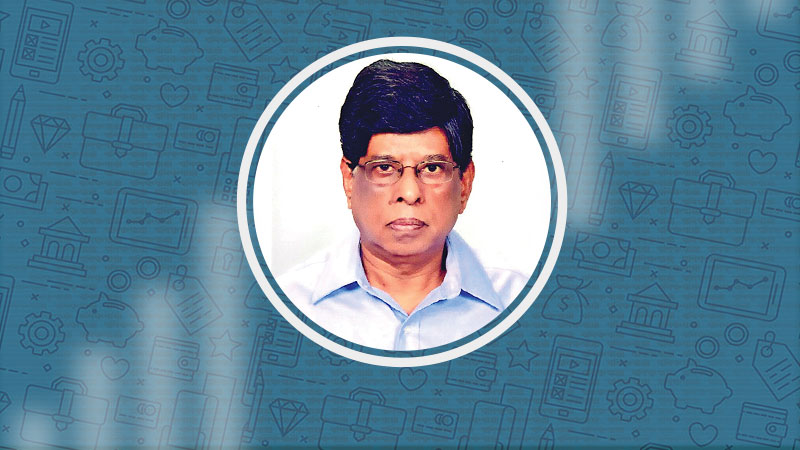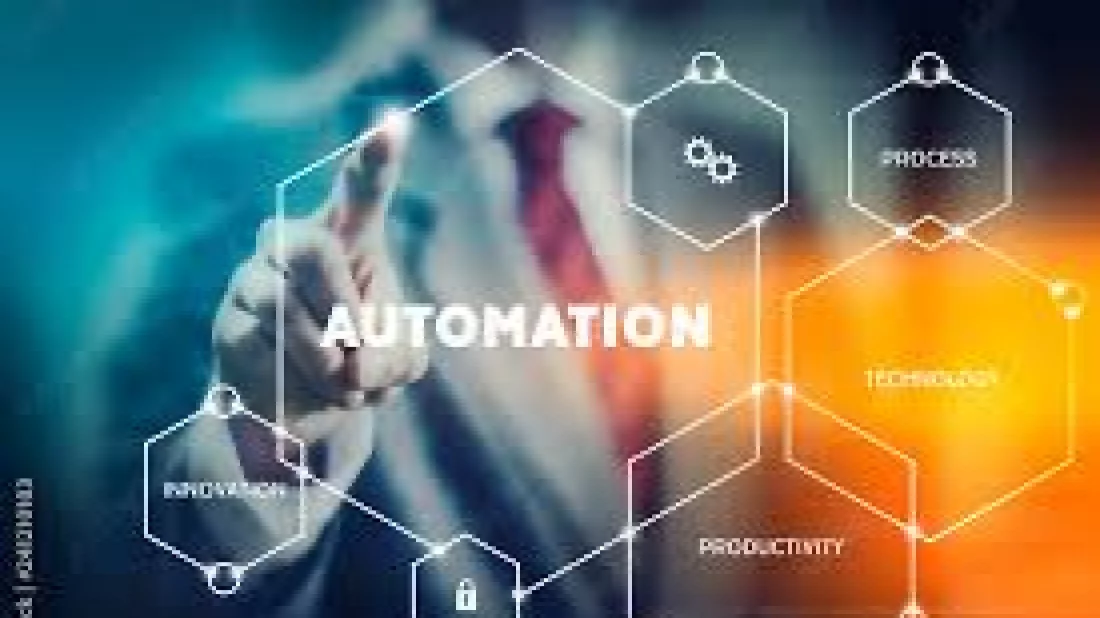Advanced automation will lead the way
The future of Bangladesh’s economy depends on smart manufacturing
Smart manufacturing -- powered by automation, robotics, data analytics, the Internet of Things (IoT), and artificial intelligence (AI) -- is reshaping industrial landscapes in advanced economies such as Germany, South Korea, China, and the United States.
In this transformation, IoT acts as the “eyes and ears,” collecting and transmitting data, while AI serves as the “brain,” analyzing information and guiding decisions. Together, they make industries smarter, safer, and more efficient.
Bangladesh, though a latecomer, cannot afford to overlook this shift if it wants to sustain export competitiveness and move up the global value chain.
At present, Bangladesh’s industrial base is dominated by labour-intensive sectors, particularly ready-made garments (RMG), light engineering, leather, and basic manufacturing. These industries have thrived on the advantage of low-cost labour.
Today, economic growth is driven by export-oriented industries, domestic demand, and remittance inflows.
The RMG sector alone accounts for more than 80% of export earnings. But in the present era, this model is no longer sufficient.
Global buyers in Europe, North America, and East Asia now demand speed, zero-defect quality, full traceability, and demonstrable sustainability.
Advances in automation, AI, digital design, and smart supply chains are changing the rules of the game: Buyers no longer reward only low prices but also agility, predictability, and verifiable environmental and social performance.
For Bangladesh, clinging to a purely labour-cost advantage is a risky strategy -- one that will yield diminishing returns as competitors embrace technology and brands shift orders to suppliers that can meet these new standards.
Yet this is not a fatalistic argument. Bangladesh’s RMG sector can survive and thrive in the 4IR -- if it chooses transformation over complacency.
That survival, however, will not be passive. It requires coordinated action by factories, buyers, financial institutions, and the state to upgrade technology, skills, energy systems, and governance.
The challenge is to keep the RMG engine running while accelerating diversification into higher-value manufacturing and digital services. The goal is twofold: Reduce macro-economic risk from overdependence on a single sector and capture higher margins and resilience through technology-enabled products and services.
Globally, Industry 4.0 and smart factories mean that cost efficiency alone will no longer guarantee market share. To sustain growth and remain competitive, Bangladesh must identify emerging sectors where technology, skills, and innovation can create a decisive edge.
The opportunities are clear: Pharmaceuticals, ICT, agro-tech, digital services, and green manufacturing could diversify exports and build a more resilient, future-ready economy. If managed wisely, the 4IR could be the turning point that propels Bangladesh beyond its garment-driven growth model.
Pharmaceuticals -- blockchain and digital tagging (RFID/QR codes) can ensure end-to-end traceability. Smart R&D, robotic packaging, and precision instruments can help Bangladesh move into high-value exports such as biosimilars, vaccines, and medical equipment.
Agro-tech and food processing -- agriculture still employs a large share of Bangladesh’s workforce. Smart food processing, IoT-enabled cold-chain logistics, sensor-based quality sorting, and automated packaging can raise farmers’ incomes and strengthen processed food exports.
Smart packaging and blockchain traceability will also boost Bangladesh’s position in organic food markets.
Light engineering and electronics -- 3D printing and smart prototyping can supply spare parts. The domestic electronics market (TVs, refrigerators, mobile phones) can be a foundation for export-oriented production. Smart manufacturing can position Bangladesh as a supplier of precision parts and components in global automotive and machinery value chains.
Digital services and ICT -- integration of IoT, AI, and software solutions can allow Bangladeshi firms to compete in regional markets for consumer electronics, IoT devices, and renewable energy components.
Green manufacturing and circular economy -- Renewable energy integration is vital, since 4IR technologies are energy-intensive. Solar module assembly, inverter and battery-pack production, and small wind systems can contribute to both rural electrification and green branding. Recycling plants that turn industrial and urban waste into new feedstock can cut import dependence while reducing environmental risks.
Bangladesh is not yet ready for fully automated “lights-out” factories, but it is well-positioned for hybrid smart manufacturing: Selective automation, digital integration, sustainable production, and traceable supply chains. This model fits the country’s current industrial base, preserves employment, and satisfies the evolving demands of global buyers.
The shift, however, will not be easy. Bangladesh faces significant constraints: High upfront investment in automation, limited access to finance for SMEs, and a serious skills gap, as most workers are trained in traditional manufacturing.
To overcome these challenges, three measures are essential:1. Upskilling and reskilling through large-scale training programs to prepare the workforce for new roles;
2. Technology diffusion, with programs that help SMEs adopt affordable and modular smart manufacturing solutions;
3. Policy support with financing, including targeted incentives, credit facilities, and partnerships to lower entry barriers for firms.
4. Bangladesh may be behind global frontrunners, but this is not necessarily a disadvantage. By learning from the experiences of early adopters,
5. Bangladesh can leapfrog into modular, scalable, and cost-efficient smart manufacturing systems, avoiding outdated models.
If supported by coherent policies and strategic investment in human capital, smart manufacturing could become the catalyst that propels Bangladesh beyond its garment-dependent growth path -- towards a more diversified, resilient, and future-ready economy.
Author:
MM Shahidul Hassan is Distinguished Professor, Eastern University, and Professor (retd), BUET.
Source:
https://www.dhakatribune.com/opinion/op-ed/390177/advanced-automation-will-lead-the-way

 Recent Posts
Recent Posts


